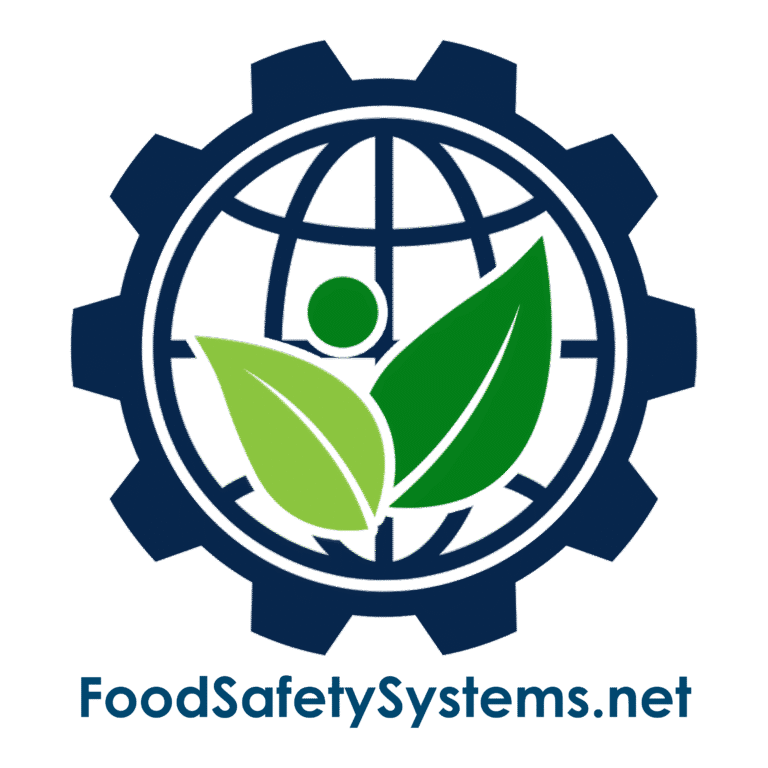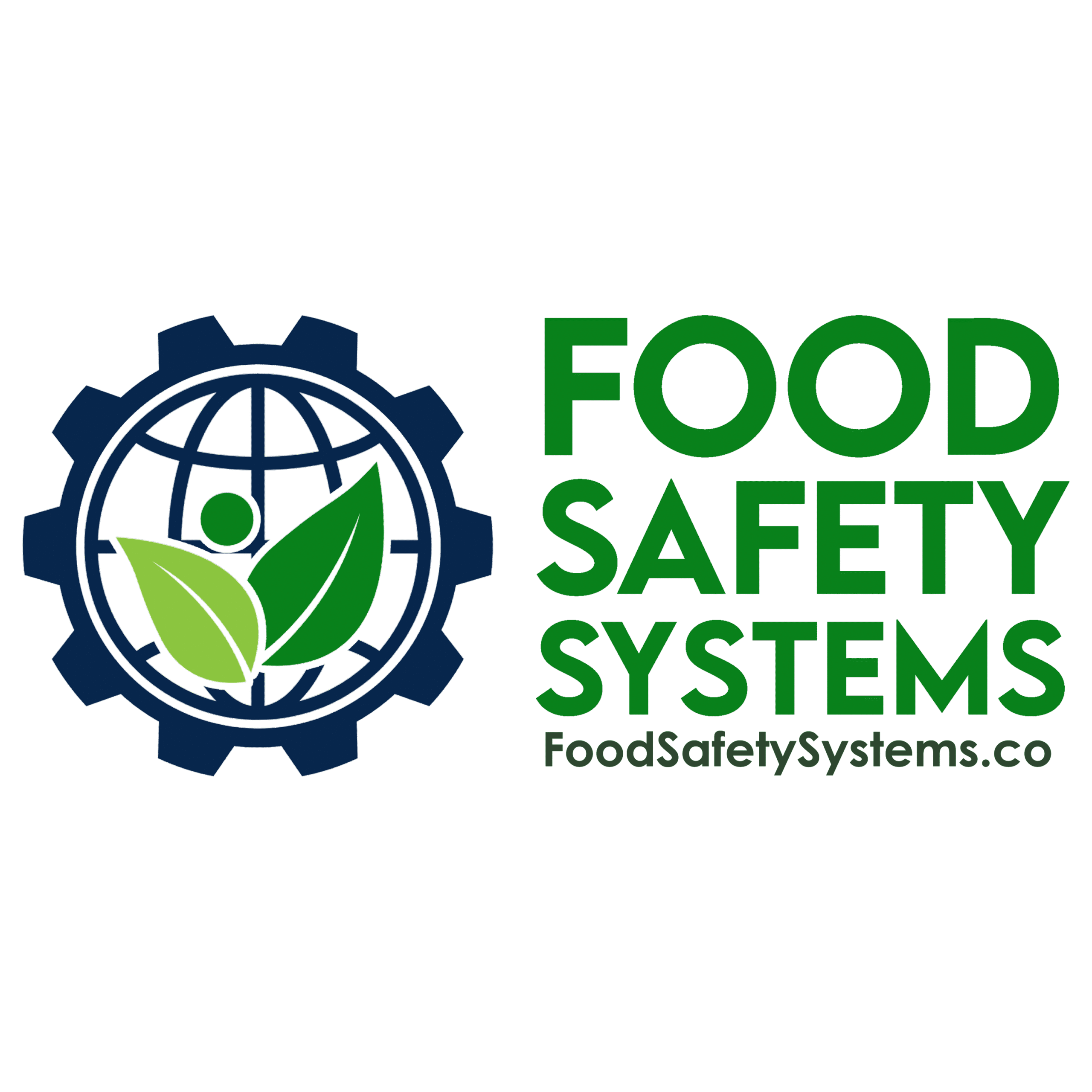Assemble a HACCP Team with Appropriate Expertise

Aligned with FSSC 22000 – Food Safety Management System Requirements
Requirement Overview
FSSC 22000 requires that organizations establish and maintain a competent food safety team responsible for developing, implementing, and maintaining the food safety management system. The team must include members with appropriate expertise in food production, hazard identification, processing technology, sanitation, and regulatory compliance.
A multidisciplinary team ensures that food safety hazards are identified, evaluated, and controlled effectively, providing a science-based and practical approach to risk management.
Aligned with BRCGS for Storage & Distribution Issue 4 – Clause 4.3.1 & 4.3.3
Requirement Overview
BRCGS for Storage & Distribution requires that products moved via cross-docking are traceable and controlled at all times, even when they are not held in storage for extended periods.
Clause 4.3.1: “The company shall ensure that traceability is maintained at all stages, including during cross-docking operations.”
Clause 4.3.3: “Procedures shall be in place to ensure that all products handled, including those not stored on-site, remain under control and are not subject to contamination or substitution.”
Cross-docking operations must not compromise product traceability, safety, or integrity. Even with minimal handling and temporary presence, each product must be accurately identified, documented, and protected.

Key Compliance Objectives
-
✓ Form a multidisciplinary team with relevant knowledge and authority
✓ Ensure members understand the product, process, and potential hazards
✓ Document team qualifications, roles, and responsibilities
✓ Maintain competence through ongoing training and regular review
Step-by-Step Compliance Implementation
1. Identify and Assign Core Food Safety Team Members
-
Recommended Roles:
-
• Food Safety Team Leader – Oversees system development, validation, and coordination
• Quality Assurance Representative – Ensures alignment with standards and internal audits
• Production/Operations Personnel – Provides process knowledge and practical application
• Maintenance or Engineering – Advises on equipment design, maintenance, and control points
• Sanitation or Hygiene Officer – Identifies microbiological and cross-contamination risks
• Regulatory or Compliance Representative – Ensures compliance with applicable regulations
Evidence to Maintain:
-
• List of team members with roles and departments
• Organizational chart showing team structure
• Appointment letters or internal memos
- • Food Safety Team Leader – Oversees system development, validation, and coordination • Quality Assurance Representative – Ensures alignment with standards and internal audits • Production/Operations Personnel – Provides process knowledge and practical application • Maintenance or Engineering – Advises on equipment design, maintenance, and control points • Sanitation or Hygiene Officer – Identifies microbiological and cross-contamination risks • Regulatory or Compliance Representative – Ensures compliance with applicable regulations
- • List of team members with roles and departments • Organizational chart showing team structure • Appointment letters or internal memos
2. Verify Qualifications and Expertise
-
Team members must demonstrate competence in their respective areas and be trained in HACCP and food safety principles.
Key Competencies May Include:
-
• HACCP training or certification
• Understanding of food microbiology and hazard classifications
• Knowledge of facility layout, equipment, and production flow
• Familiarity with customer and regulatory requirements
Evidence to Maintain:
-
• HACCP/food safety training certificates
• Resumes or documented experience
• Internal training logs and sign-in sheets
- • HACCP training or certification • Understanding of food microbiology and hazard classifications • Knowledge of facility layout, equipment, and production flow • Familiarity with customer and regulatory requirements
- • HACCP/food safety training certificates • Resumes or documented experience • Internal training logs and sign-in sheets
3. Define Roles and Responsibilities
-
Each member should have clearly defined duties within the food safety management system.
Suggested Actions:
-
• Document individual responsibilities in the HACCP/Food Safety Plan
• Assign point persons for hazard analysis, CCP validation, monitoring, and verification
• Establish structured communication and reporting protocols
Evidence to Maintain:
-
• Job descriptions or role outlines
• Meeting agendas and minutes with task assignments
• Team member sign-offs or acknowledgments
- • Document individual responsibilities in the HACCP/Food Safety Plan • Assign point persons for hazard analysis, CCP validation, monitoring, and verification • Establish structured communication and reporting protocols
- • Job descriptions or role outlines • Meeting agendas and minutes with task assignments • Team member sign-offs or acknowledgments
Common Audit Findings & Recommended Fixes
| Audit Finding | Recommended Action |
|---|---|
| Team lacks multidisciplinary input | Involve representatives from all relevant functional areas |
| Missing HACCP training records | Ensure all team members complete and document HACCP/food safety training |
| Undefined team roles | Clearly outline each member’s scope and responsibilities |
| Inadequate expertise on specific hazards | Include external consultants or SMEs to address knowledge gaps |
Auditor Verification Checklist
Auditors will expect to see:
-
• A documented list of food safety team members, roles, and qualifications
• Training records for each team member
• Meeting notes or evidence of team participation in decision-making
• Evidence of periodic reviews, updates, or team reassignments as necessary
Implementation Roadmap
Build Your Team
-
✓ Select team members from key operational, technical, and quality functions
✓ Assign a trained and competent Food Safety Team Leader
Verify Expertise
-
✓ Require HACCP and food safety training for all members
✓ Validate knowledge of production processes and hazard management
Define Roles and Document
-
✓ Assign and document individual responsibilities
✓ Maintain records of assignments, meetings, and decision logs
Why This Matters?
-
✓ Ensures hazards are consistently identified and controlled
✓ Builds ownership and cross-functional accountability
✓ Strengthens audit readiness and certification alignment
✓ Supports a robust, dynamic food safety management system
Support Tools Available
Food Safety Systems provides:
-
✓ Food safety team structure templates
✓ Roles and responsibilities matrices
✓ HACCP and food safety training modules
✓ Team qualification and documentation trackers
Privacy Policy | Terms of Service
Powered by interlinkIQ.com, Developed by ITBlaster.net, Owned and Operated by Consultare Inc. Group, A Compliance Company. All Rights Reserved.







